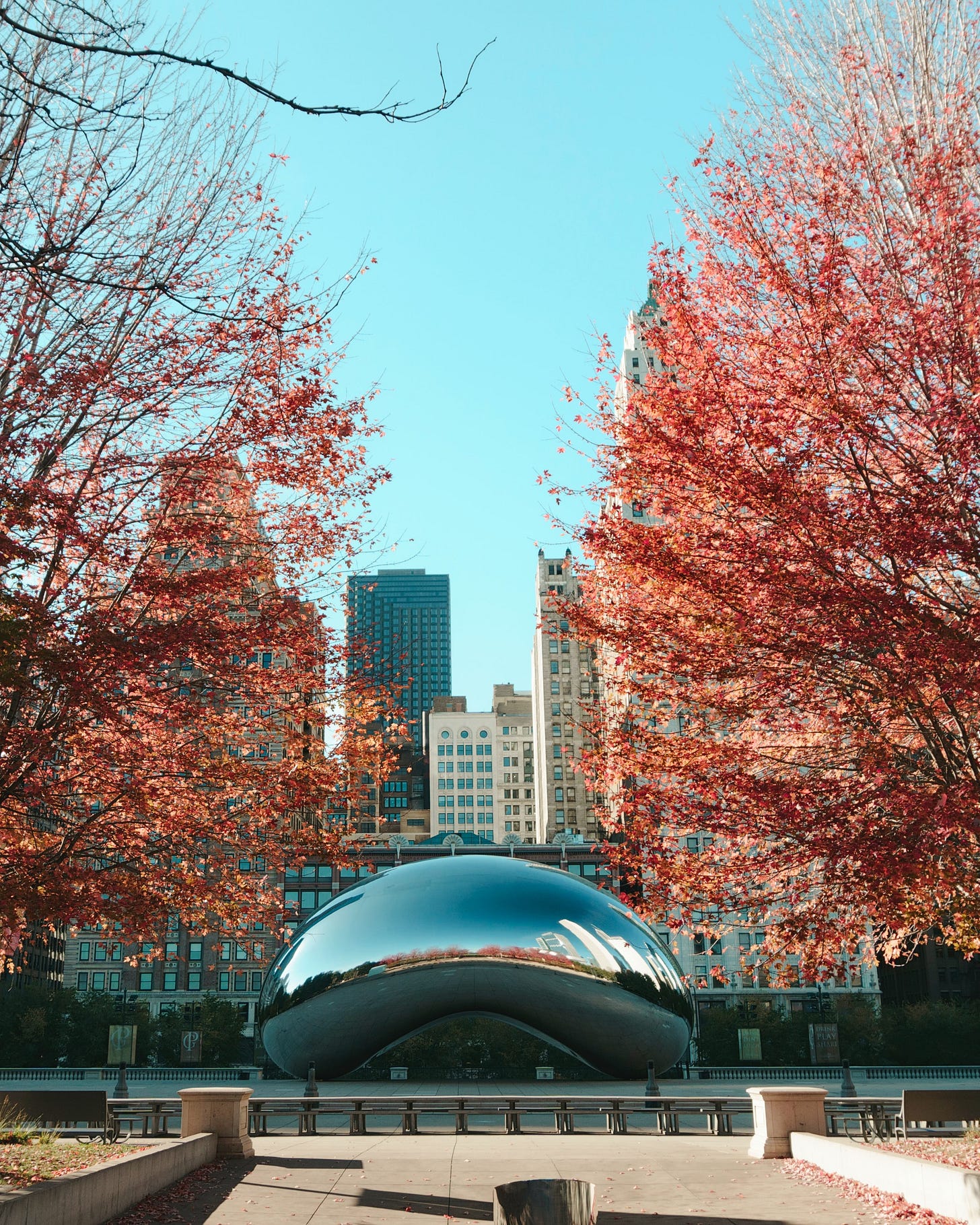The Great Myth
You have to look deeper into every story
150 years ago, Mrs. O’Leary’s cow kicked over a lantern. The lantern lit a stable on fire, and that started the Great Chicago Fire. A cow destroyed an entire city.
It makes for a great story but there’s one problem: It’s a myth.
Nobody knows how or why the Chicago fire started. But sometimes a myth sticks with us longer than the truth.
Here’s a common myth I hear today: “Illinois is lost – just like California.”
Sure, Illinois and California have some things in common politically speaking.
Both states are considered Democrat strongholds.
Democrats control 72% of Illinois House seats.
Democrats control 79% of California House seats.
So it’s true, Illinois and California aren’t competitive in congressional politics. But is that enough to persuade people to stop fighting for change?
Unfortunately, the California-Illinois myth seems to have some staying power in people’s minds, convincing people that there’s no hope for a better Illinois … so why try?
Zoom in on Statehouse politics in the Land of Lincoln and you see how bad the attitude has become. Nearly 50% of all seats in the Illinois General Assembly have gone uncontested in the past decade. It’s the same idea as a football team putting only six players on the field and wondering why they never win.
But when you look at election data on Illinois and California, the myth starts to crumble. Reality paints a much different picture.
The highest margin Democrats in Illinois have seen is 57%, compared with nearly 70% in California.
In the last election, Democrats received 57% of the overall votes cast.
Two years before that, the results were even closer when Gov. J.B. Pritzker won Illinois with only 54% of the vote.
The election before that, Illinois Democrats received 54% of the congressional vote.
Two years before that, Republican Bruce Rauner was elected governor of Illinois.
From an electoral perspective, Illinois looks a lot more like Wisconsin than it does California.
In 2016, Wisconsin Democrats received 52% of the statewide vote. And I’m grateful that conservatives and moderates in Wisconsin did not throw up their hands and say, “Wisconsin is lost forever.”
So there’s definitely hope. And the problem with Illinois lies in the rigged legislative maps.
Longtime Chicago Tribune journalist Eric Zorn says, “These out-of-balance results are due largely to Democrats drawing boundary lines to protect their members and dilute the votes for the opposition — gerrymandering. And they’re offensive to the very concept of democracy.”
Former President Barack Obama agrees, saying: “Gerrymandering is a sneaky way for politicians to consolidate as much power as they can,” and “In America, politicians should not pick their voters; voters should pick their politicians.”
They are right. Our response to politicians stacking the deck should be: We must do everything we can to preserve our democracy.
There can’t be uncontested races in Illinois – or anywhere. When people don’t have choices at the polls, they don’t exercise their right to vote.
Voter participation was on average 7 percentage points lower in Illinois House districts that had only one candidate on the ballot.
Fixing this problem should be a nonpartisan priority.
It’s why Illinois Policy is leading an organized effort to identify residents interested in running for the Illinois House and educate them on the process for gaining ballot access. This can help counteract the voter suppression that results from gerrymandered political maps.
I’m not saying that competitive elections will change Illinois overnight. But over time, the reality – that Illinois is not dominated by one party or one monolithic mindset – will shine through. The myth of immovable Illinois, the twin of deep blue California, will fade away.
Just like Mrs. O’Leary’s cow didn’t start that fire 150 years ago, there’s no chance Illinois is lost.



